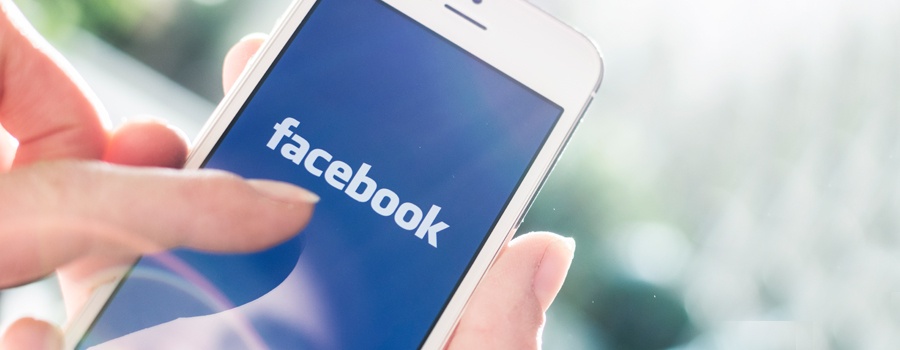Tag: social
-

Keep the Medical Association in Your Facebook News Feed
Facebook changed its news feed algorithm to prioritize content from friends, family and groups so you are less likely to see public content from businesses, brands and news media now than before the first of the year. Facebook justified the change for “people’s well-being” and suggesting that businesses will have to work harder to get…
-

CMS Reveals New Medicare Card Design; Strengthens Fraud Protections
The Centers for Medicare & Medicaid Services has redesigned its Medicare card to remove Social Security numbers and use a unique, randomly-assigned number in an effort to better protect users from identity theft and fraud. CMS will begin mailing the new cards to people with Medicare benefits in April 2018 to meet the statutory deadline…